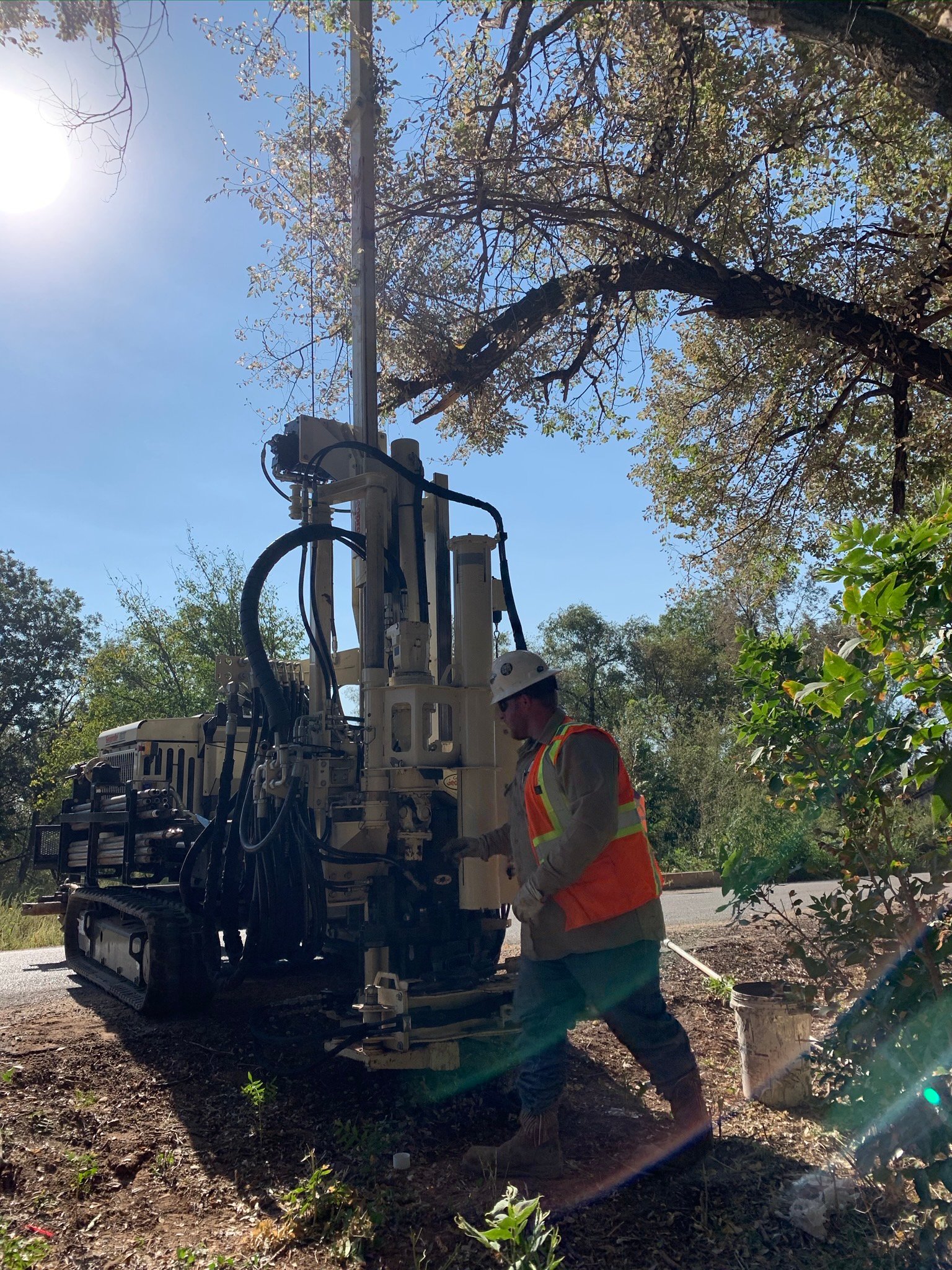When accidents happen, it’s important to clean them up quickly and effectively. That’s why many look to in-situ remediation as a solution. With its ease of mobility and efficient results, in situ remediation is often preferred.
What Is In-Situ Remediation?
In-situ remediation is the use of naturally occurring materials or other organic materials to modify the nature of the soil and groundwater to effectively treat contaminants. Most in-situ remediation technologies rely on contaminant contact to effect the contaminants. This is generally due to the fact that most remedial technologies require physical change through chemical reaction. Some technologies even effect the overall groundwater chemistry to enable natural attenuation or allow for the growth or maturation of beneficial bacterial colonies.
 How Is In-Situ Remediation Performed?
How Is In-Situ Remediation Performed?
There are several delivery methods used for in-situ remediation that include direct injection, open hole injection, well injection and soil mixing.
Direct Injection
Direct injection utilizes direct push drilling equipment and various types of injection screens. It is known as the most agile approach, as boring locations and depth intervals can be changed quickly. Of course depths can be significantly affected by lithologic challenges. This method can be combined with other drilling methods to penetrate more difficult lithologies and depending on the soil type, most remedial solution distribution will occur through diffusion. An important series of considerations when determining whether direct injection will allow for effective treatment include: ability to achieve target depth, ability to distribute remedial solution or slurry in the desired location without creating additional problems, and the ability to keep the remedial compounds in the subsurface.
Open Hole Injection
This method can be utilized with any drilling method and requires that boring is either stable due to naturally stable lithologies or in-situ stabilization efforts completed prior, stabilized with drilling fluid, or stabilized with casing. One significant benefit of open hole injections is the overall large borehole interface which provides larger surface area for distribution of pressure and remedial flow into the formation.
Well Injection
This method utilizes existing wells to deliver remedial chemicals. In this method, the points are fixed and if areas of plume are not effectively treated, additional wells will need to be installed. This method is generally preferred for large and dilute plumes with high groundwater transmissivity and/or long lasting reagents with significant sorbed mass and anticipated long duration matrix back diffusion.
Soil Mixing
This method is extremely intrusive, however it does guarantee contact and all contaminated soil remains on site. Typically, deeper treatment can be very expensive, while shallow treatments can be completed in a less expensive and a much faster manner. Talon/LPE can partner with specialty contractors to perform soil mixing at deeper depths with specialized drilling equipment and bits.

Following injection, it is recommended that a robust confirmation sampling plan is to evaluate both immediate and long term remedial performance. Depending on the selected chemistry, multiple indicators to performance can be utilized to track current performance and to predict future performance.
Talon/LPE has an experienced team of scientists, engineers, drillers, operators and project managers that are qualified for projects of any size. Contact us using the button below for your next in-situ remediation project.


